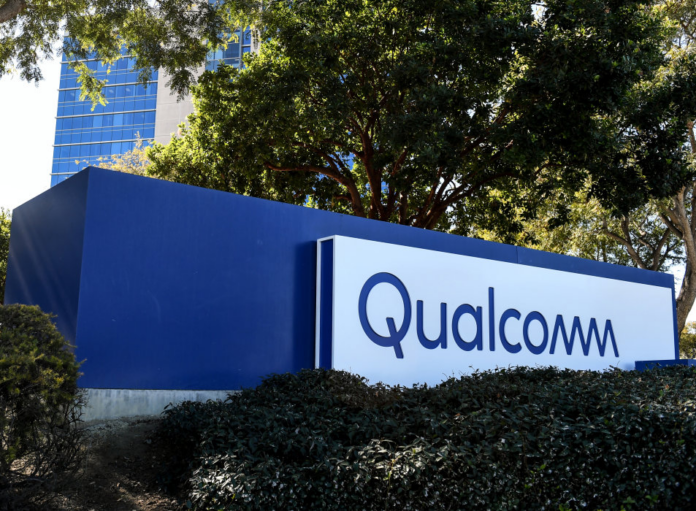The automotive segment — a key growth driver for Qualcomm — was up 59% quarter-over-quarter
Qualcomm CEO Cristiano Amon took the top-job with the San Diego, Calif.-based firm on June 30, 2021. The hallmark of his tenure has been to leverage Qualcomm’s core expertise in low-power computing and connectivity to significantly expand its addressable market beyond smartphones. As he approaches his four-year anniversary as CEO, Amon has consistently and effectively delivered. Second quarter earnings announced April 30, showed revenues from automotive, IoT, PCs, XR and other growth areas continue to align with the longer-term diversifaction strategy.
And then there’s the opportunity from AI. If you buy the premise that, at some point, everything will be connected and intelligent, and have a handle on the economics of running AI workloads on-device or at a near-edge as opposed to in the cloud, and have a sense of the shift from AI model training to inference, Qualcomm is well-positioned to ride this wave for some time.
Amon sketched it out on the Q2 earnings call. “We are excited by the ongoing developments in generative AI, including the proliferation of smaller models. In just six months, the AI landscape has been redrawn with a wide array of new consumer and enterprise applications…Smaller gen AI models that can run directly on device are also advancing rapidly. It now takes only a few months to match the performance of their larger cloud-based counterparts compared to 12 months just a year ago.”
He name-checked smaller language and multimodal models from Alibaba, Google, Meta, Microsoft, Mistral and OpenAI. “Some of these models are already running on Snapdragon platforms,” Amon said. “As these trends continue, the opportunity for Qualcomm is significant.”
For Q2 2025, Qualcomm reported GAAP revenue of $10.979 billion, up 17% from the year-ago quarter. Compared to Q2 2024 revenue, handsets were up 12% to $6.929 billion, automotive was up 59% to $959 million, and IoT was up 27% to $1.581 billion.
CFO and COO Akash Palkhiwala gave Q3 guidance of non-GAAP revenues of $9.9 billion to $10.7 billion. He did temper that guidance given uncertanities around tariff impacts. “Our guidance for the upcoming quarter is based on our current assessment of the financial impact of tariffs as they stand today,” he said. “As the situation remains dynamic, we’ll continue to closely monitor for potential changes.”
Qualcomm’s IoT segment includes consumer, industrial, and networking, including PCs and XR devices. Palkhiwala, in response to a question from a JPMorgan Chase analyst, said industrial drove the IoT growth in Q2. Looking more broadly at the strategy, he said, “We have this premise of where the market is going, which is a transition from microcontrollers to microprocessors and AI, and we’re seeing the benefit of our technology portfolio as it applies to that transition. And so we’re at the front end of the transition in our minds, and some of the upside in the quarter came through the benefit that came from that transition.”
Amon provided some final thoughts that spoke to macroeconomic uncertanity, Qualcomm’s heritage, and what it all means for contining to successfully diversify. The company, eh said, is “experienced with uncertainty. We always ask outselves, ‘Is our technology relevant?’ And I think this is a time that we actually never felt stronger about our technology roadmap and how the company is positioned to be relevant to a number of different industries. So that’s our North Star. We’ll continue to execute to that.”
Click here to take a look at Qualcomm’s full Q2 earnings release.
And for a deep dive into the company’s advanced wireless R&D as it charts a course to 6G, visit this multimedia site featuring video interviews with a range of Qualcomm engineering leaders.

